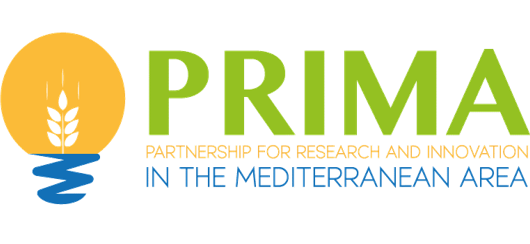 Center pivot irrigation capacity effects on maize yield and profitability in the Texas High Plains
Center pivot irrigation capacity effects on maize yield and profitability in the Texas High Plains
In the Texas High Plains (THP), groundwater resources for irrigation are declining because of aquifer depletion and reduced well yield. Inability to meet peak water demands of maize under constrained irrigation capacities decreases yield and profitability. The MOPECO crop model, calibrated for the THP, was adapted to simulate maize water use and yield under center pivot irrigation to evaluate water allocation strategies under limited irrigation. Simulations were carried out over a range of irrigation capacities (3 – 12 mm d-1 for a 50.9 ha area), initial soil water contents, and application depths with irrigation allocated to a fraction (0.5 – 1.0) of the pivot area. Fractional water allocations were achieved by withholding irrigation from circular sectors or from outer spans with unirrigated fractions in fallow or planted to dryland cotton. These strategies were evaluated for growing seasons characterized by typical meteorological years with average (TMY1), average to above average (TMY2), and below average (TMY3) precipitation. Preseason irrigation had little to no influence on grain yield at irrigation capacities ≥ 5 mm d-1. At irrigation capacities ≤6 mm d-1 under TMY1, marginally greater yields 50.9 ha-1 were simulated when a fraction was irrigated. For irrigation capacities ≤8 mm d-1 under TMY1, reducing the irrigated area was the most prudent option to optimize net returns. As irrigation capacities increased from 4 to 8 mm d-1, the irrigated fraction that maximized net returns increased from 0.5 to 0.9. Concentrating water generated greater net returns because of greater irrigation water productivities and lower seed and fertilizer costs. Compared with fallow, planting cotton in the unirrigated portion increased net returns except in years with a seasonal drought (TMY3). Because greater irrigation volume did not always increase net returns, there is an opportunity to both increase profitability and conserve water by irrigating a fraction of the area.

